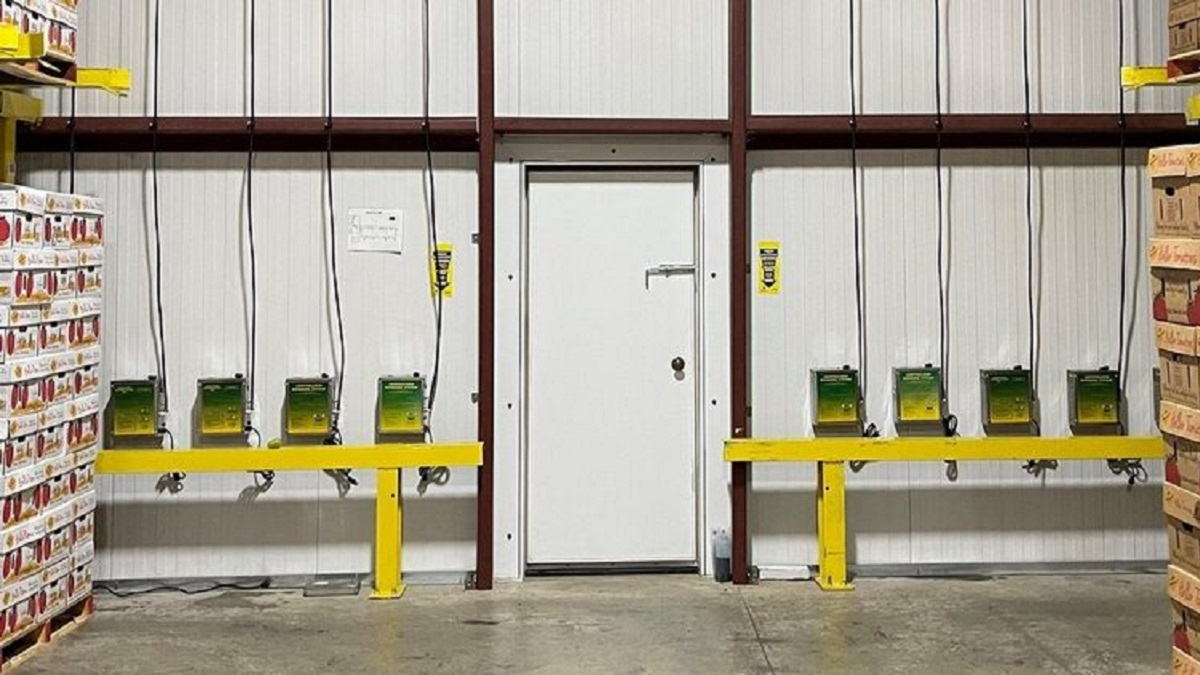Actualidad
Mechanisms of fungal disease progression in fruits and control strategies
Fruit diseases brought on by fungus infestation leads to postharvest losses of fresh fruit. Approximately 30% of harvested fruits do not reach consumers? plates due to postharvest losses. Fungal pathogens play a substantial part in those losses, as they cause the majority of fruit rots and consumer complaints. Understanding fungal pathogenic processes and control measures is crucial for developing disease prevention and treatment strategies. In this review, we covered the presented pathogen entry, environmental conditions for pathogenesis, fruit?s response to
14 March, 2023
Redaccion
Fruit diseases brought on by fungus infestation leads to postharvest losses of fresh fruit. Approximately 30% of harvested fruits do not reach consumers? plates due to postharvest losses. Fungal pathogens play a substantial part in those losses, as they cause the majority of fruit rots and consumer complaints. Understanding fungal pathogenic processes and control measures is crucial for developing disease prevention and treatment strategies. In this review, we covered the presented pathogen entry, environmental conditions for pathogenesis, fruit?s response to pathogen attack, molecular mechanisms by which fungi infect fruits in the postharvest phase, production of mycotoxin, virulence factors, fungal genes involved in pathogenesis, and recent strategies for protecting fruit from fungal attack. Then, in order to investigate new avenues for ensuring fruit production, existing fungal management strategies were then assessed based on their mechanisms for altering the infection process. The goal of this review is to bridge the knowledge gap between the mechanisms of fungal disease progression and numerous disease control strategies being developed for fruit farming. Contents1. Introduction2. Pathogens, Their Entry, and Transmission3. Postharvest Fungal Infection4. Environmental Influence on Fungal Infection5. Fungal Infection Physicological and Physical Process6. Molecular Mechanism of Infection Gene regulation7. Modern Methods for Securing Fruit Yield7.1. Use of Cell Wall, Membrane Degrading Enzymes, and Antifungal Proteins (AFP)7.2. Use of Bio-Inhibitors7.3. Use of Natural Molecules?Plant Extracts, Essential Oils, Other Solvent Extracted Plant Molecules, and Molecules of Animal Origin7.4. Use of Hot Water Treatment (HWT)7.5. Use of Irradiation7.6. Use of Microbial Antagonists8. Future Perspectives9. Conclusions Picture, Fig. 1 from the original paper, demonstrate the action of fungus on fruit. During fungal infection, mycotoxins are released from fungi that cause an increase in oxidative stress, volatile organic compounds, phytohormones (like ethylene), and cell wall hydrolases; all these work together that lead to the deterioration of fruit. Figure created with BioRender.com (https://app.biorender.com/biorender-templates)?accessed on 25 November 2022 SourceElicitation of Fruit Fungi Infection and Its Protective Response to Improve the Postharvest Quality of FruitsAmbreen Bano, Anmol Gupta, Manas Ranjan Prusty & Manoj Kumar?Stresses 2023, 3(1), 231-255https://doi.org/10.3390/stresses3010018









